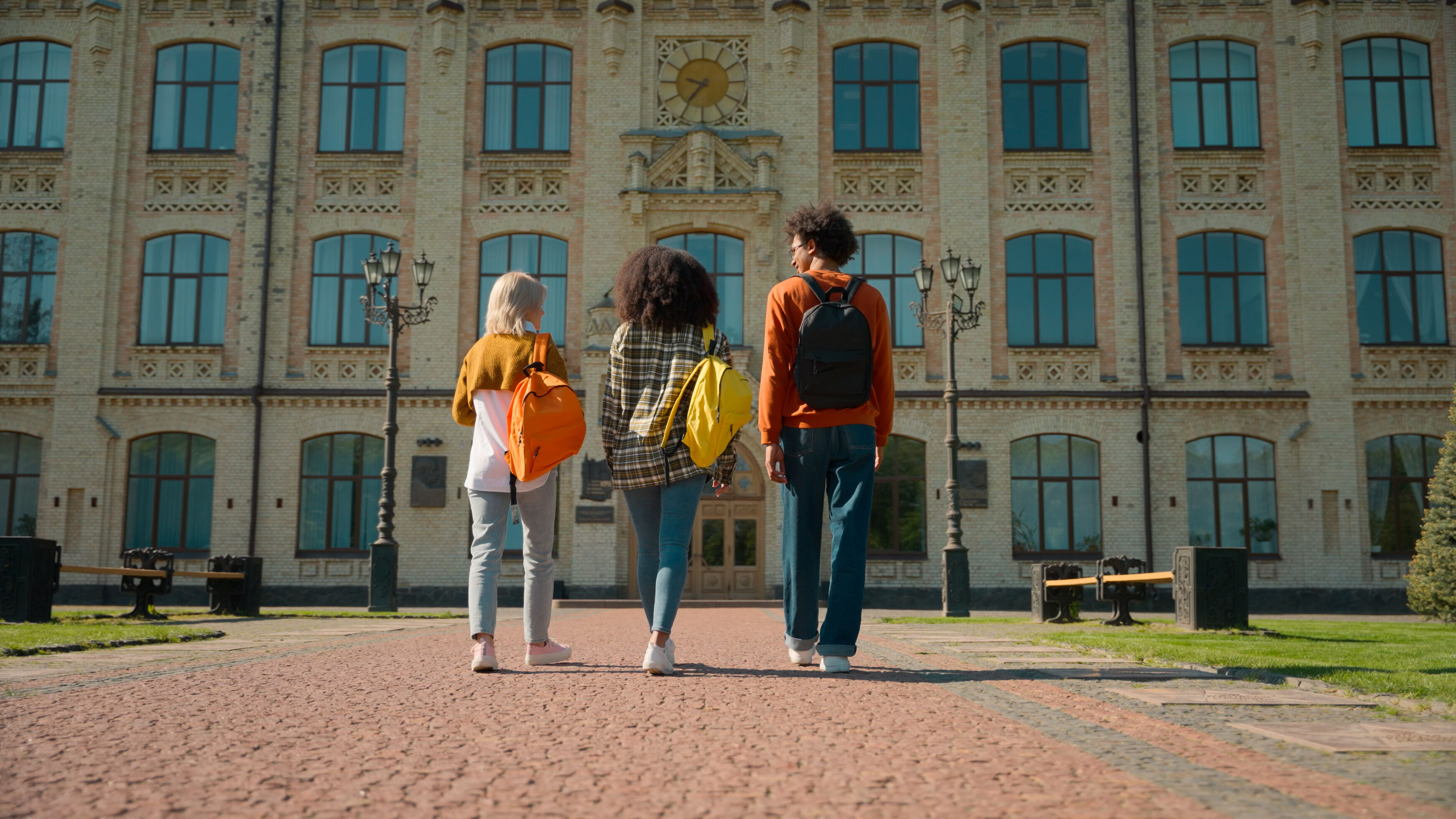
Video Conference Camera - A Very Important Communication Tool
When you're collaborating with team members in person, using a dedicated video conference camera is the best way to stay connected. The only problem? It can be difficult to convey your ideas and keep your conversation on track. There's a lot that can be lost in written communication, even for those of us who are well-versed in the art of conveying our thoughts in writing. Images and facial expressions can really help to drive home a point, bring an idea to life, or just add a little levity to a tense situation.
That's why it's so important to be mindful of nonverbal communication in front of a video conference camera. Effective communication relies on more than just what's being said; it also requires that both parties are sending the right signals. Synchronous communication is particularly challenging from the video conference camera's point of view, which is where nonverbal cues come in. So, what exactly is the importance of nonverbal communication in video conferencing, and how can you use it to your advantage? Keep reading to discover more about this underrated communication tool.
What is Nonverbal Communication?
Nonverbal communication is the communication process that's not spoken out loud. It's everything that's not verbal, including body language, facial expressions, and other elements that help to create context. While verbal communication is an important part of any conversation, it's nonverbal communication that helps to create the environment and atmosphere.
Why Is Nonverbal Communication Important in Video Conferences?
Simply put, nonverbal communication is how people communicate without using words. It's the "implied meaning" behind words and how those words are received by the receiver. For example, assume that you're in front of a video conference camera having an online meeting with a colleague and you want to show her some pictures from your recent vacation. However, you don't want to take up too much space in the meeting because you know your colleague has a tight schedule. You could spend a few hours describing the pictures, but if you could just briefly gesture toward the pictures as you walk by during the meeting, your colleague would understand exactly what you wanted her to see.
Learn the Lingo
Before we get into specific examples, it's important to learn the lingo. Here are a few key terms to get you started:
- Nonverbal cues are the ways in which we communicate without words.
- Gestures are movements that accompany or suggest words.
- Facial expressions are expressions that are not gestures but are visible to the eye.
- Mouth movements are movements that accompany or suggest voice, such as movements of the lips, tongue, or teeth.
- Kinesthetic communication is the use of the whole body as a medium of communication.
Be mindful of body language
While much of the communication captured by a video conference camera happens via spoken words, it's important to be mindful of nonverbal cues as well. In fact, a study found that as much as 80 percent of communication is nonverbal (i.e., not words). That means that even when people are talking, they're also sending multiple nonverbal signals to one another.
Don't just mouth words
We know that nonverbal communication is important, but how can you make sure you're not just "mouthing words" when communicating with others in front of a video conference camera? Before you begin to type out your thoughts, take a moment to observe your colleague's body language, facial expressions, and gestures. These are all important cues that will help you communicate more effectively. Powerful video conference cameras have features that help focus on active meeting members so that remote participants can tell what they say beyond words.
The Importance of Facial Expressions
It's important to be mindful of both your verbal and nonverbal communication when you're using a video conference camera. This is where facial expressions come into play. Unlike verbal communication, which is limited once you hit send, facial expressions are on 24/7. So, even when you don't think you're sending them, you're actually sending them and receiving them, too. Facial expressions are powerful, and they can help to create or break the ice in a conversation. If a colleague's facial expressions are consistently negative, sad, or angry, it can have a major impact on the way that you perceive them and their ideas.
The Importance of Maintaining eye Contact
You've probably heard that eye contact is important during a conversation, but you might not realize just how important it is in video conferences, too. What's more, you should aim to maintain eye contact with your video conference camera for at least as long as you would if you were talking to a colleague in person. There are a few different reasons that maintaining eye contact is so important in video conferences.
First, it communicates confidence. Confident people tend to look others in the eye, and when you look someone in the eye, you're essentially "speaking" to them using visual language.
Next, it helps to establish trust. Trust is built through consistency, and consistent eye contact helps to build the trust necessary for building relationships.
360 Video Conferencing
If you want to have a better experience during the video conference, there is one important thing you need to do to possess a video conference camera of good quality! The product from Coolpo---The Coolpo AI Huddle Pana is your best choice!

The Coolpo AI Huddle Pana shows remote participants up to 3 active onsite attendees and a panoramic view of the whole meeting room. Its AI-based features include:
- Individual Frames that zoom in on up to 3 active meeting participants
- Voice pickup of up to 15ft in any direction.
- 4 microphones array Beamforming technology
- Dual positioning technology through sound and visuals
- 360-degree panoramic view to see everyone and everything
Moreover, it has an all-surround speaker and plug-and-play feature for hassle-free meetings. With Pana, you can clearly see the facial expressions and body language during the meeting, this would be beneficial for your online meeting!
Conclusion
Effective communication relies on more than just what's being said; it also requires that both parties are sending the right signals. Synchronous communication is particularly challenging when it comes to video conferencing, which is why it's so important to be mindful of the nonverbal communication captured by your video conference camera. This underrated communication tool can help to bring your team members closer together, increase productivity, and strengthen relationships across the office. Good video conference cameras like the Coolpo AI Huddle Pana will provide you with an immersive online collaboration experience with its AI-based features.
Recent blogs
New Partnership Alert: Coolpo × CanTicket – Unlocking the Future of Remote Work Efficiency










